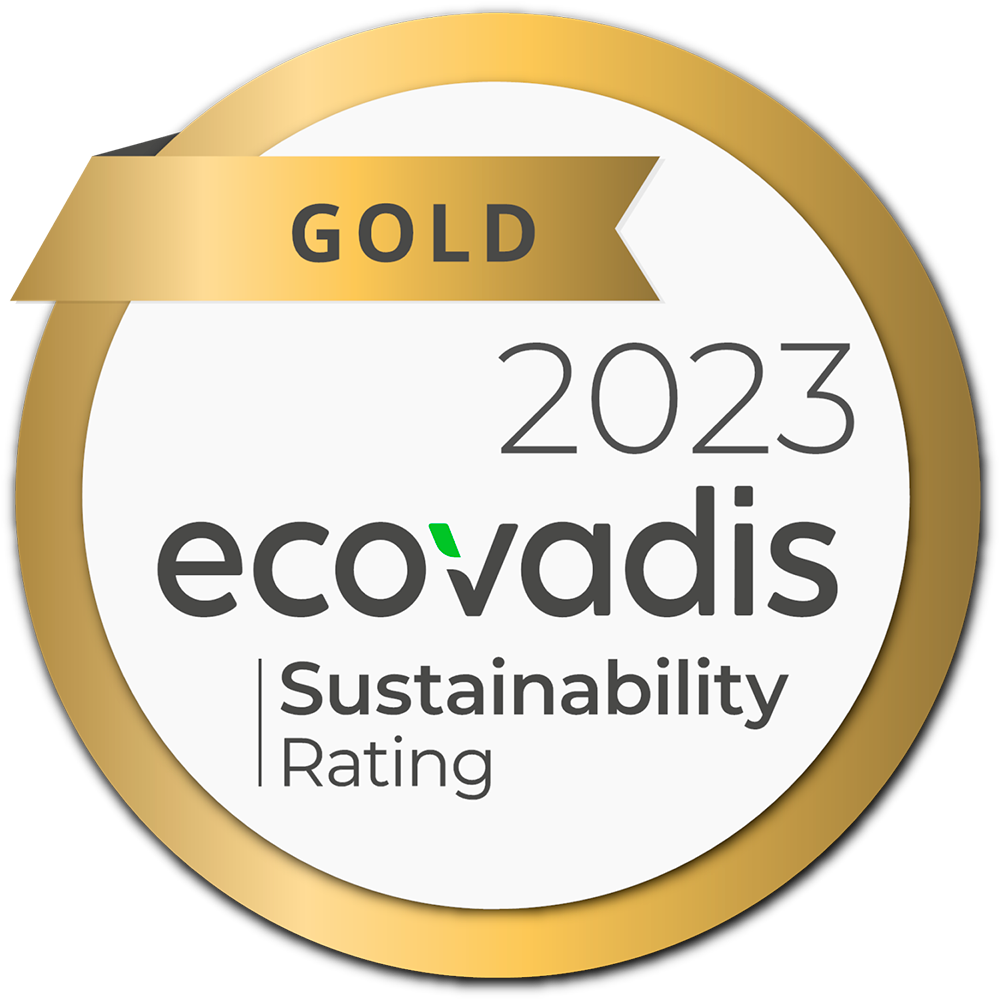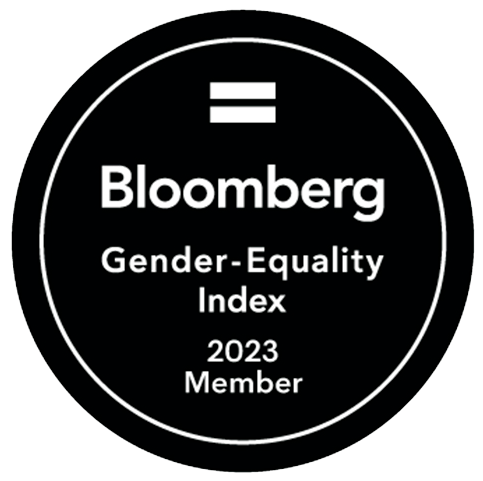“Corporate sustainability is key. Companies will either be sustainable or they won’t be. It is time to practice a new way of doing business. Sustainability transforms companies by making it easier to find business opportunities linked to sustainable development.”
António Guterres, Secretary-General of the United Nations
Bold forward steps
More treatments thanks to the generosity of our donors
We add value to the economy, society and the environment
We have strengthened our leadership team
We have clear priorities
We do our bit to contribute to a sustainable transformation
30 goals structured around six SDG-aligned pillars
Our sustainability efforts are globally recognized
A holistic view of sustainability
Grifols’ commitment to sustainability is driven from its topmost echelons and firmly embedded into its corporate governance system.
The company’s strategic roadmap includes six core pillars to help address the world’s most critical challenges: Commitment to Donors and Patients, Environmental Responsibility, Social Impact, Ethical Commitment, Innovation, and Our People.
Around the world, Grifols’ employees all share the firm’s staunch dedication to sustainability, working together to build a solid business model that creates value for all stakeholders.
Sustainability as a roadmap
Grifols has made major strides in recent years to integrate sustainability into its business model and elevate the positive impact and value generated by its operations.
This objective is reflected in Grifols’ Sustainability Policy and 2021-2023 Sustainability Master Plan, which is included in its Strategic Plan and aligned with the United Nations Sustainable Development Goals (SDGs).
Numerous policies, programs and formal commitments support Grifols’ Sustainability Policy to promote the material aspects of its activity from an ESG perspective.
Grounded on a thorough analysis of Grifols’ relevant or material aspects, the Sustainability Master Plan outlines the 30 corporate objectives included in Grifols 2030 Agenda.
Our Sustainability Master Plan is grounded on 6 Pillars
Main pillars

CARING ABOUT OUR PEOPLE
Our Aim: employees feel they are part of a company that promotes diversity, continuous development, equal opportunities, gender equality and that strives to improve well-being at the workplace

COMMITTING TO SOCIETY
Our Aim: healthier and wealthier society, by positively contributing to social progress, supporting organizations and actively participating in local communities

FOSTERING HEALTH
Our Aim: solid community where every donor feels valued for its commitment and understands its impact beyond compensation, and every patient receives the treatment it requires
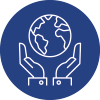
EMBRACING NATURE
Our Aim: advance towards the common good of having healthy places to live, work and play, by raising awareness on the need to protect the planet
Transversal pillars

ENCOURAGING ETHICAL PRACTICES
Our Aim: placing human rights at the core of our practices and having the highest ethical standards integrated throughout the supply chain

FOSTERING INNOVATION
Our Aim: scientific progress addressing the needs of our patients, lead by our pioneering spirit and protecting the rights, safety and well-being of clinical trial participants
Access to:
Grifols’ Sustainability Policy
Sustainability Master Plan
2030 Agenda
Overview of all Grifols policies: “Corporate Governance”
Materiality
Grifols conducts an annual materiality analysis to identify the most relevant issues related to its economic, social and corporate governance (ESG) performance. The study’s findings and the contents of the Integrated Annual Report are approved by Grifols’ Board of Directors.
In 2023, the materiality analysis followed a methodological approach grounded on universal GRI 3 standards: Material Topics 2021 and the ESRS 1 (EU Sustainability Reporting Standards) methodology, developed by the EFRAG (European Financial Reporting Advisory Group). This two-pronged materiality approach facilitated the analysis of Grifols’ activity, products and value chain on the environment, as well as the environmental impacts and opportunities that could influence its financial performance.
The methodology comprised three blocks: (1) defining the material issues to report; (2) identifying impacts, risks and opportunities; and (3) assessing and prioritizing material issues according to the identified impacts, risks and opportunities
We follow a double materiality approach by addressing how our business impacts its surroundings and how external factors impact our financial performance.
1. Define material aspects to report: context assessment
This first step entails an internal and external analysis to gather the requisite qualitative and quantitative baseline information. Through this context assessment, Grifols is able to identify potentially material issues for its main stakeholders from an ESG standpoint. Grifols’ business activities and relationships and their associated sustainability context were evaluated taking into account its main stakeholders and business partners.
As a starting point, the identification of material matters in 2023 began with those detailed in the 2022 double materiality analysis, with updates to reflect the current methodology, company context, business climate and information analyzed through the contextual assessment. Also examined were data from industry studies, national and international media outlets, and a benchmark of the industry’s core companies.
Material matters identified in the 2023 double materiality analysis
|
Topic |
Related aspects |
Link to Grifols’ strategy |
Priority SDG |
|
Water |
|
Environmental Responsibility |
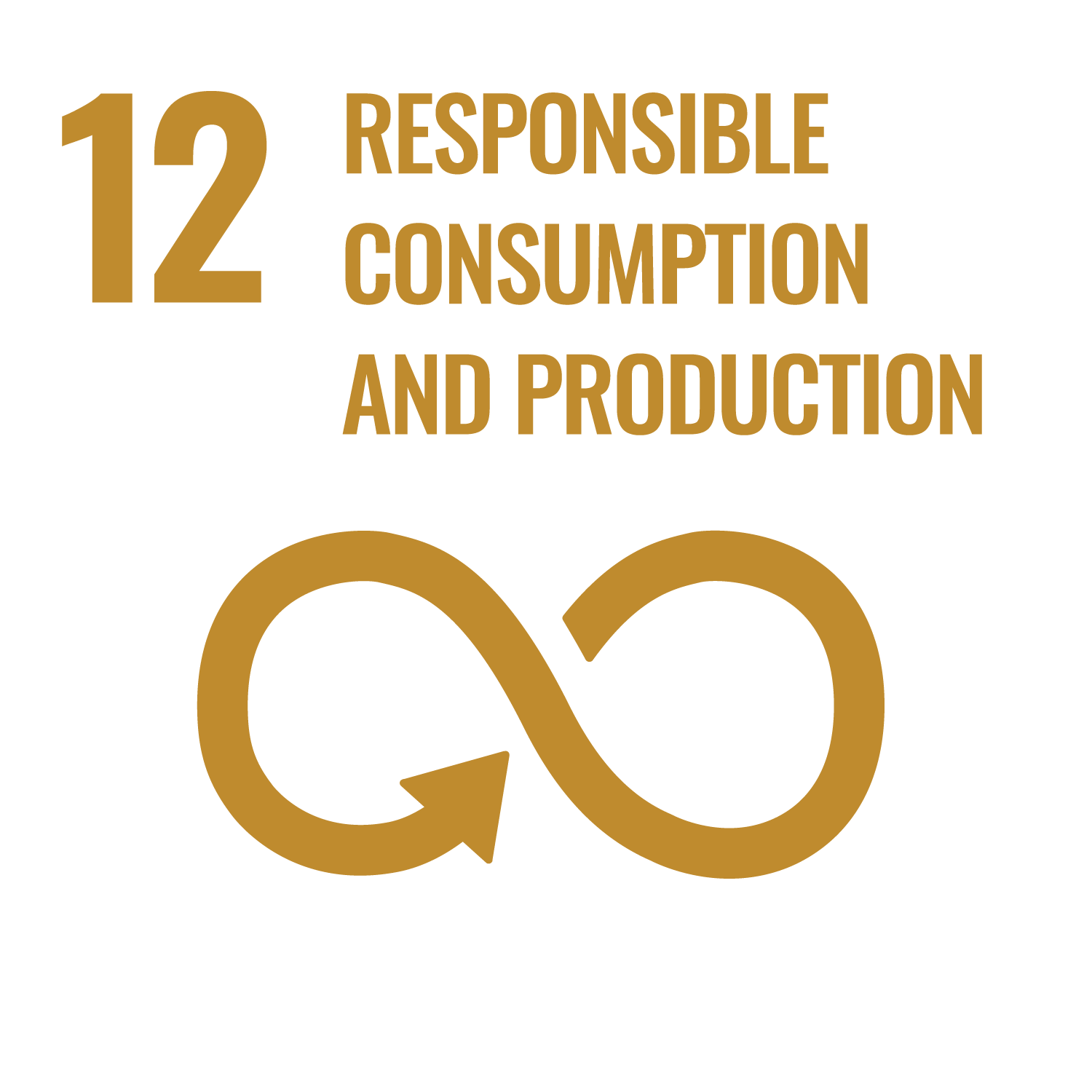 |
|
Climate action |
|
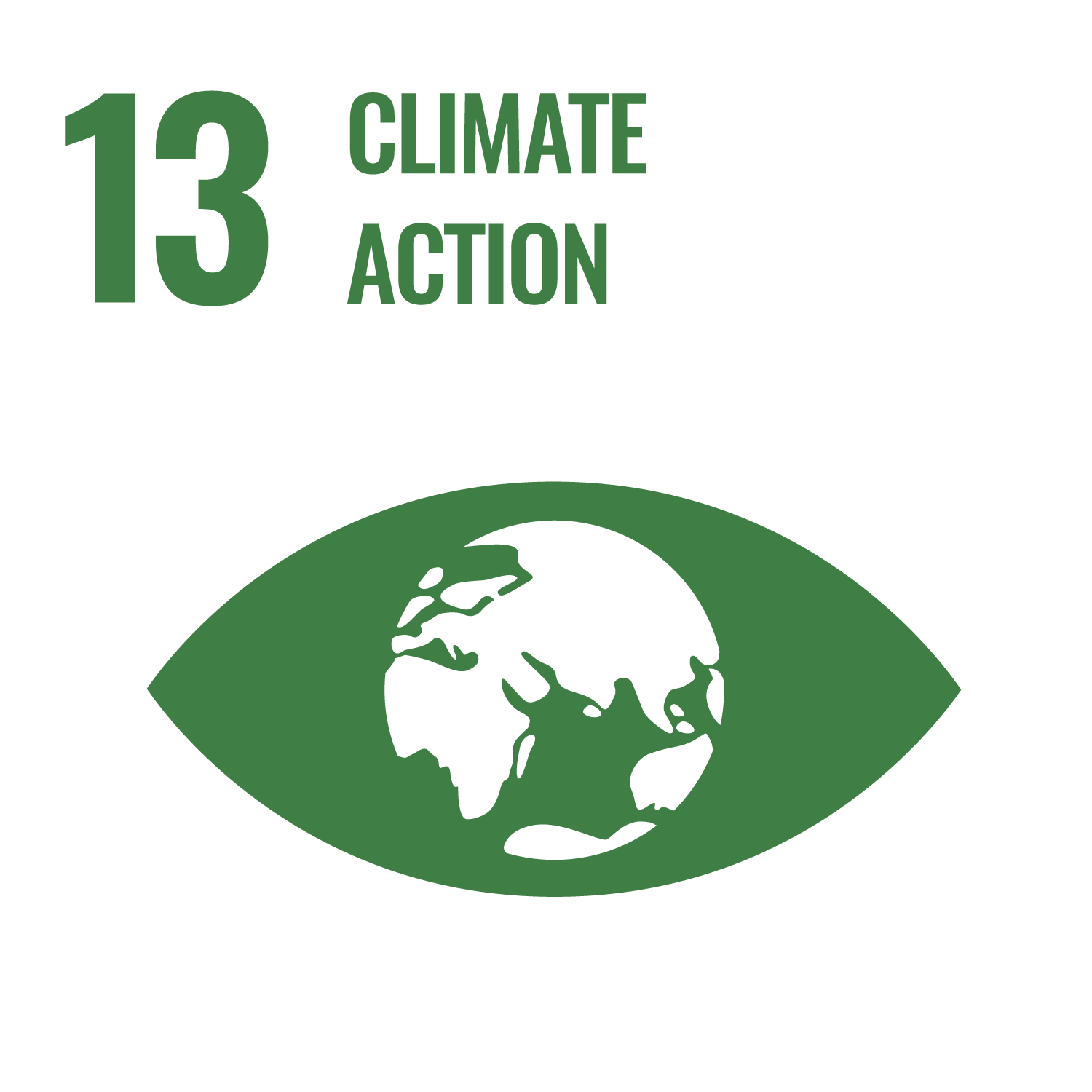 |
|
|
Pollution |
|
 |
|
|
Circular economy and waste and resource management |
|
 |
|
|
Energy transition |
Consumption and promotion of the use of renewable energy |
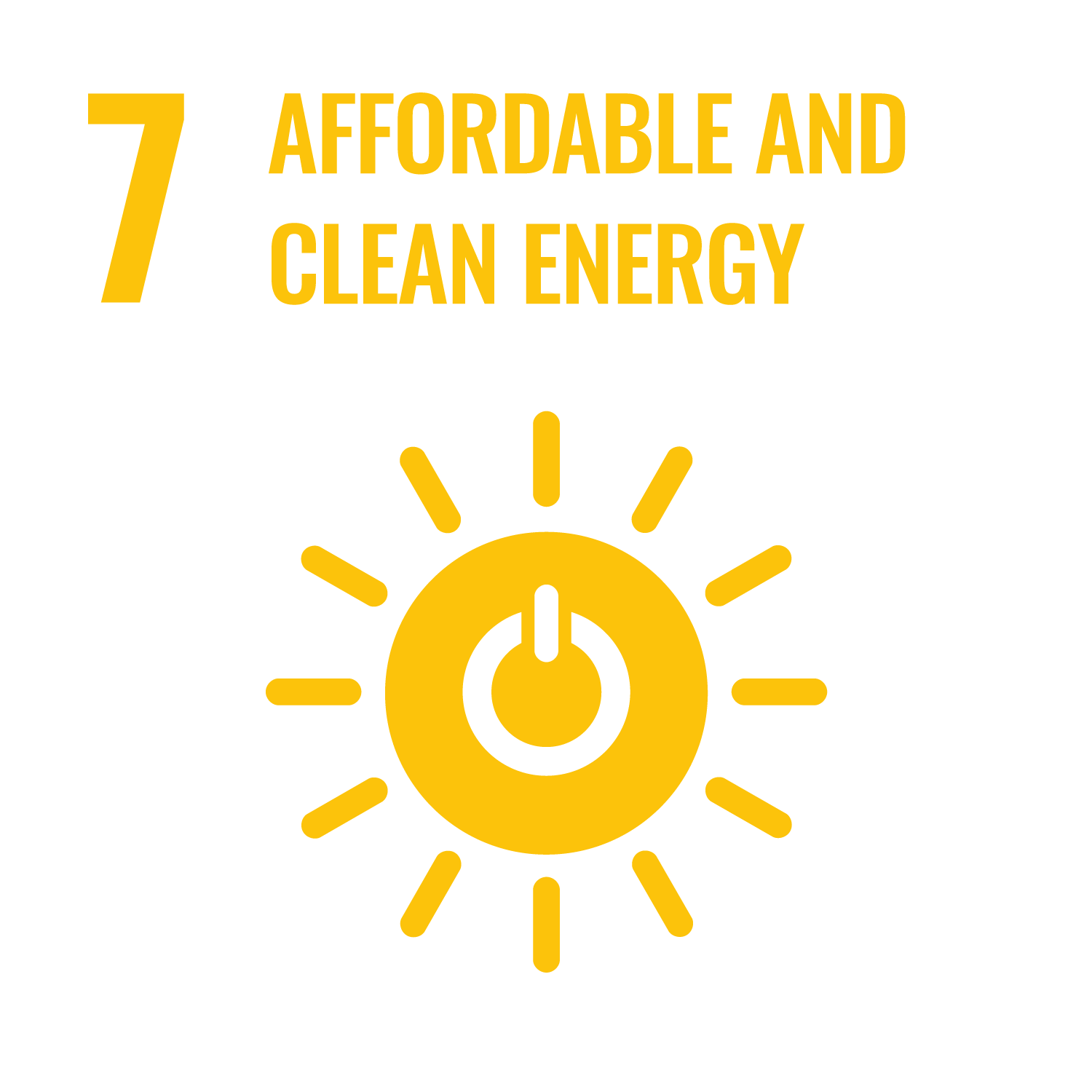  |
|
|
Employee commitment |
|
Our People |
  |
|
Contribution to health (patients and society) |
|
Social Impact Commitment to Donors and Patients |
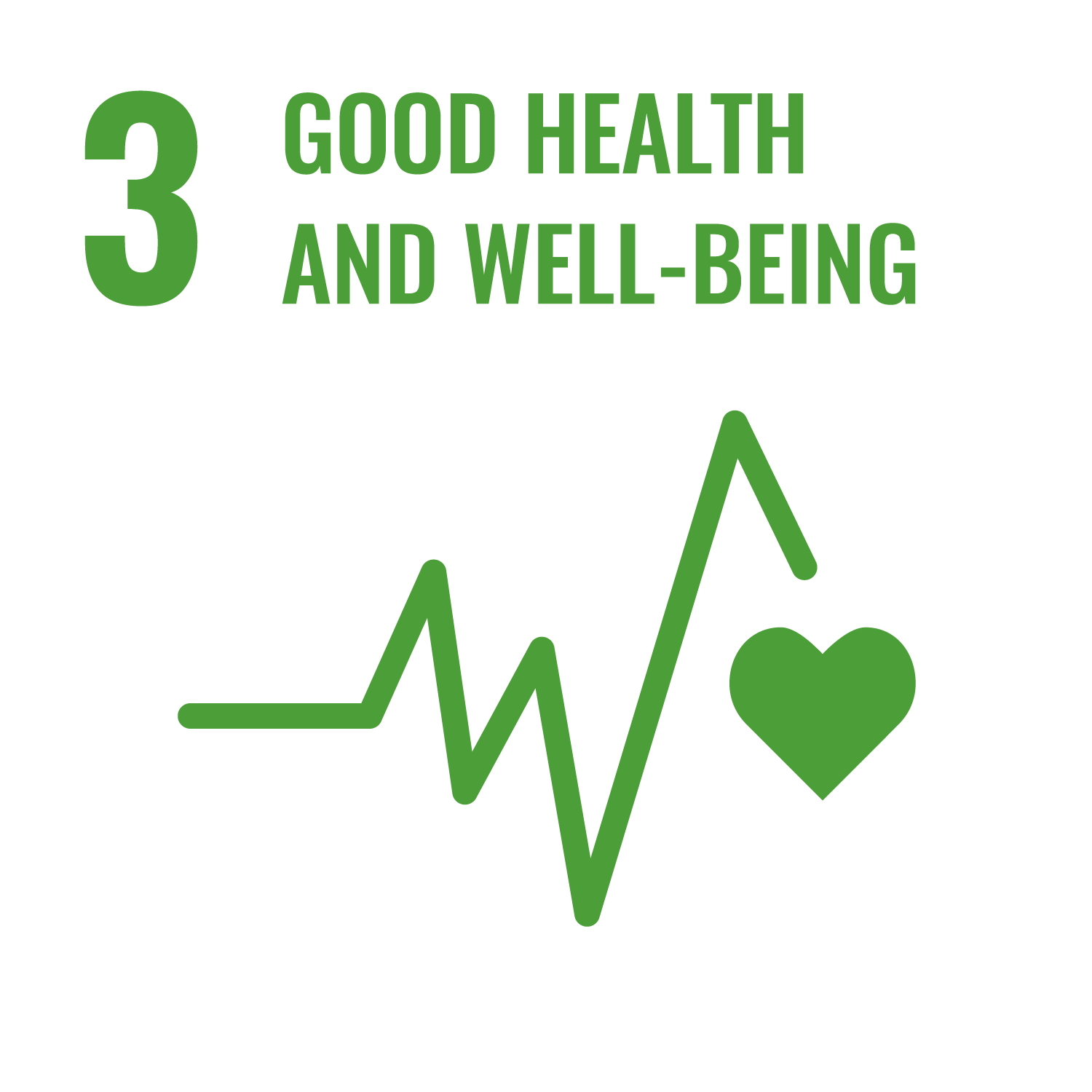 |
|
Contribution to society |
|
Social Impact |
  |
|
Human rights |
|
Ethical Commitment |
  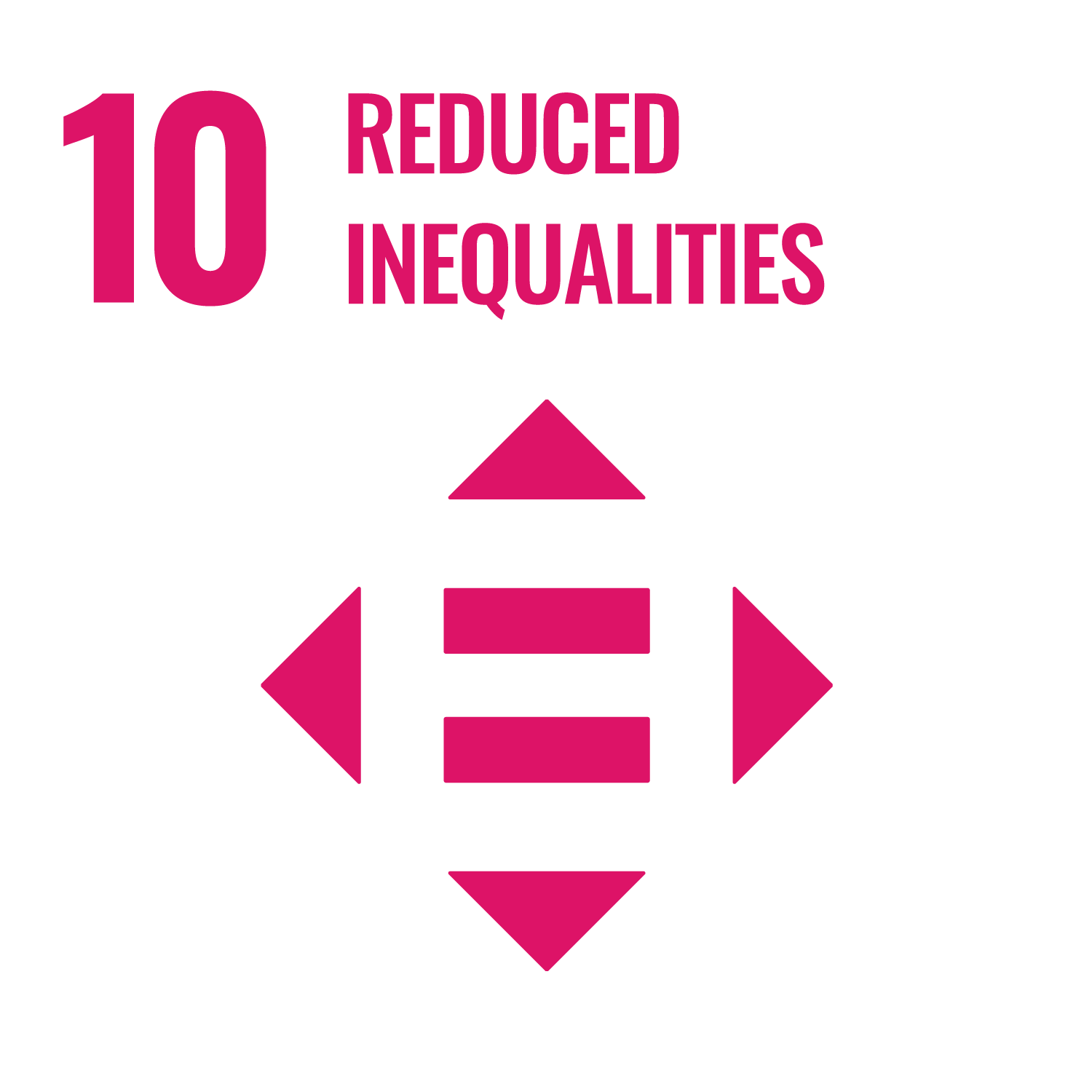 |
|
Plasma and donors |
|
Commitment to Donors and Patients |
 |
|
Innovation and knowledge generation |
|
Innovation |
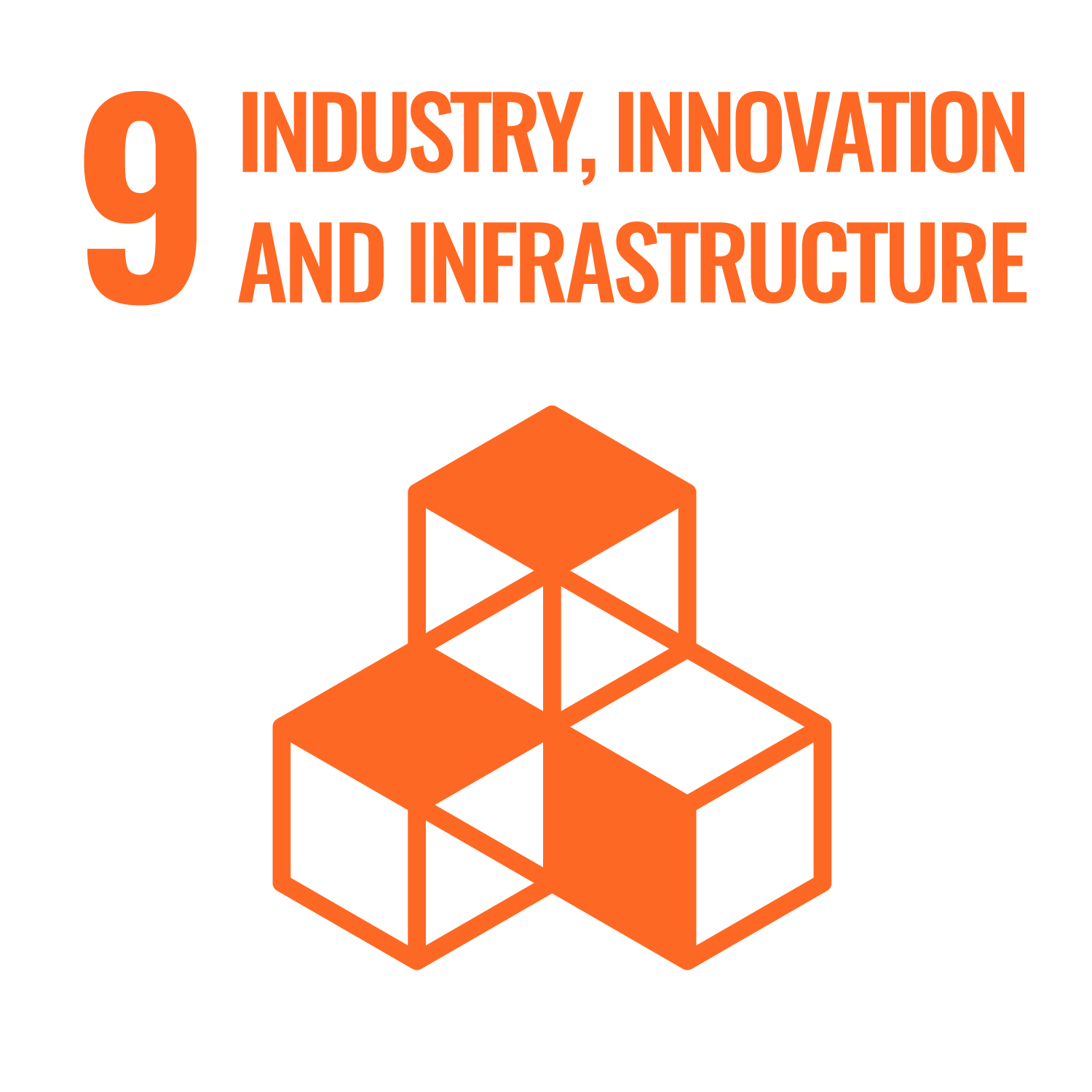 |
|
Data protection and cybersecurity |
|
Social Impact |
 |
|
Product safety and quality |
|
Commitment to Donors and Patients |
 |
|
Ethical code and good management practices |
|
Ethical Commitment |
  |
2. Identify impacts, risks and opportunities
The results of previous materiality analyses and context assessments were used as a baseline to identify material aspects of Grifols’ activity that could affect its environment and stakeholders, both directly and through its value chain, as well as the environmental risks and opportunities that could influence its financial performance.
In line with the requirements of the new European directive on corporate sustainability reporting (CSRD), a study of different organizations and representative documentation (proxy) was carried out to make sure stakeholder needs and interests were identified and integrated into the definition and evaluation of impacts, risks and opportunities. These perspectives include those of donors, patients, employees, public healthcare systems, foundations, NGOs and local communities. Specifically, the organizations, surveys and documentation analyzed to incorporate stakeholder perspectives were as follows:
- Fundamental provisions of the International Labour Organization (ILO).
- Donor and patient resources related to the Plasma Protein Therapeutics Association (PPTA).
- Public information disclosed by the World Health Organization (WHO) on public health systems, with a focus on the U.S. and Europe.
- Public information from the World Federation of Hemophilia.
- Public information from the American Liver Foundation.
- Public information from the International Patient Organisation for Primary Immunodeficiencies (IPOPI).
- Impact analysis on communication outlets, with the specific focus on local communities where Grifols operates.
- Results of Grifols’ most recent global employee survey.
In line with CSRD requirements, next year’s double materiality analysis will include direct consultations with Grifols’ main stakeholders to isolate and evaluate related impacts, risks and opportunities.
3. Evaluate and prioritize material aspects according to identified impacts, risks and opportunities
Material issues are prioritized by taking the arithmetic average of each identified impact, risk and opportunity, and calculating its probability and severity. Based on these results, the degree of materiality can be assessed from both impact and financial perspectives.
Impact evaluation
For each of the aforementioned impacts, the following indicators are analyzed:
- Probability of the impact’s occurrence: This indicator is not evaluated for current impacts since they are happening in present time. Similarly, this indicator is not assessed for human rights-related impacts in accordance with best practices to assure a greater preponderance of severity. .
- Severity of the impact taking into account the following factors:
- Scale: level of severity of the impact.
- Scope, extent of the impact, e.g., the number of individuals affected or magnitude of environmental damage.
- Irremediability: degree of difficulty involved in counteracting or correcting the resultant damage. For the positive impacts, this indicator has not been evaluated.
Evaluation of risks and opportunities
Risks and opportunities are derived from the previous phase and evaluated using the following variables:
- Probability of occurrence of each risk and opportunity
- Magnitude or scale of each risk and opportunity in terms of their degree of significance in the case of occurrence.
The results of this evaluation were validated by both Grifols managers and industry experts.
Each issue encompasses the most relevant impacts, risks and opportunities and is represented through a materiality matrix, which interrelates the results from impact and financial perspectives.
Materiality matrix

The materiality of each type of impact is defined as follows:
- The degree of materiality of a real negative impact is determined by scale, scope and irremediability.
- The degree of materiality of a potential negative impact is determined by scale, scope, irremediability and probability.
- The degree of materiality of an actual positive impact is determined by scale and scope.
- The degree of materiality of a potential positive impact is determined by scale, scope, and probability.
Worth noting in 2023 is the inclusion of two new topics in the double materiality analysis: water and pollution. Also, energy efficiency was reclassified as energy transition to reflect all issues entailed in the shift to a low-carbon economy and the growing use of energy from renewable sources. Finally, Circular Economy and Resource Management was renamed Circular Economy and Waste and Resource Management to place greater emphasis on Grifols’ management of impacts, risks and opportunities derived from the waste it generates, which it already oversees.
Based on the results of the double materiality analysis carried out for the 2023 fiscal year, Grifols’ priority material are outlined in the next page.
In relation to the risks identified in the double materiality analysis, these are fully integrated into the company’s ESG risk management system, and are developed in the “Risk management and control” section of this report.
Grifols’ priority material matters
| Matters | Climate action | Human rights | Contribution to health (patients and society) |
| Topics included | Decarbonization strategy Climate risk and opportunity management Climate change adaptation measures |
Identification of risks Due diligence |
Access to treatments Education and awareness on treatments |
| Why is it material? | For Grifols, promoting decarbonization of the economy and minimizing the environmental impact of its direct activity and value chain is a core strategic priority. The company understands the risks caused by the climate emergency and their global impact on human health and, by extension, on all of its stakeholders. | Promoting and fostering respect for human rights is a transversal and organization-wide effort articulated by various strategic priorities and commitments to donors, patients, employees and other main stakeholders. | Supporting and improving people's health is Grifols' core mission and the bedrock of its business model. For this reason, all health-related commitments are essential in the development of its business activities and stakeholder relations. |
| Impact on the company | Grifols recognizes the risk that climate change poses to its business model and the potential ramifications on its production capacity and supply chain. As part of its analysis of climate risks and opportunities and in line with TCFD recommendations, Grifols identified nine physical risks and 20 transition risks with a possible organizational impact. In addition, Grifols reserves a portion of its environmental program's financial resources to reduce atmospheric emissions and energy. | Grifols understands the need for fundamental bioethics principles to always underpin its activities and shape its decision-making and management systems. The company allocates financial resources for due-diligence processes and audits in which human rights issues are thoroughly reviewed. | Grifols understands that its ability to advance and sustain its business depends on trust with donors, patients and other main stakeholders. To this end, it dedicates resources and efforts that have a financial impact to reinforce its stakeholder relations. |
| Business strategy | Grifols adopted several objectives and targets as outlined in its 2023-2026 Environmental Plan to manage the impacts, risks and opportunities related to this issue and maximize its corporate performance. The company monitors the compliance of each objective noted in the "2023-2026 Environmental Plan" section of this report. Moreover, it has also committed to establishing SBTi-aligned reduction targets. Grifols' Climate Action Policy details its core commitments in this area, which are incorporated into its Sustainability Policy, Environmental Policy and Energy Policy. |
Grifols has a due diligence process based on its Human Rights Policy to guide the management of related impacts, risks and opportunities. At the same time, it also has detection, evaluation, management, mitigation, complaint and redress processes. In this way, Grifols defines its commitments, objectives and action plans regarding the respect and promotion of human rights. | The management of the potential impacts, risks and opportunities of Grifols' activity, both directly and throughout its value chain on patients and society, is detailed in the "Our Commitment to Patients" section, including diverse commitments and programs to broaden access to treatment and other actions. |
| Tracking metric | tCO2e €M allocated to reduce atmospheric emissions, energy and others. |
Number of complaints regarding human rights violations. | Number of donors. Number of patients treated. Social value created for donors, communities and patients (€M). Number of inspections carried out by regulatory bodies in plasma donations centers. Number of plasma donation centers. |
| Integration in risk management | The risks included in the climate change issue are fully integrated into Grifols' risk management system. The risks identified and their corresponding mitigation actions are further developed in the "Environmental Responsibility" chapter. | The risks identified under the material matter of human rights are fully integrated into Grifols' ESG risk management system and described in greater detail in the "Sustainability and Human Rights" section. | The risks identified regarding this material matter are fully integrated into Grifols' ESG risk management system and described in greater detail in the "Corporate Governance" chapter. |
| Main impacts, risks and opportunities detected | Main impacts: - Adaptation to climate change - Contribution to climate action (scopes 1,2 and 3) - Reduction of GHG emissions Main risks and opportunities: - New legal requirements related to GHG emissions and climate risk management The strategy and action plans to manage these impacts, risks and opportunities are further developed in the "Environmental Responsibility" chapter. |
Main impacts: - Human rights violations in the supply chain - Cases of human rights violations - Promotion and protection of human rights Main risks and opportunities: - Human rights violations on behalf of Grifols suppliers - Grifols employees who violate human rights (ex: gender discrimination claims) The strategy and action plans to manage these impacts, risks and opportunities are described in greater detail in the "Ethical Commitment" section. |
Main impacts: - Increasing people's life expectancy - Improving the quality of life of patients, including children and young people Main risks and opportunities: - More public information related to health - Possible side effects of treatments The strategy and action plans to manage these impacts, risks and opportunities are further developed in the "Commitment to donors and patients" chapter. |
Stakeholder relations
Grifols recognizes the crucial role that stakeholders play in its long-term success and sustainability. Through its stakeholder engagement strategy, the company strives to build relationships of trust founded on transparency and effective dialogue. By reinforcing these critical relationships, Grifols is able to identify the most relevant stakeholder issues and detect new sustainability-related trends.
Grifols’ stakeholder management
 |
Collaboration |
|
 |
Dialogue |
|
 |
Continuous improvement |
|
 |
Transparency |
|
 |
Commitment |
|
Primary communication channels with stakeholders
Grifols has identified and implemented solid communication channels to promote dialogue and interaction with stakeholders and detect their needs and expectations. The following table offers a summary of Grifols’ communication outlets for its different stakeholder groups:
| Patients and patient associations |
|
| Plasma donors |
|
| Clients |
|
| Regulatory bodies |
|
| Suppliers (non-plasma) |
|
| Local communities and NGOs |
|
| Media outlets |
|
| Scientific community and research collaborations |
|
| Financial community |
|
| Employee pool |
|
| Institutional entities |
|
Objectives with a clear timeline: Grifols 2030 Agenda
As part of its sustainability strategy, in 2021 the company established the Grifols 2030 Agenda, which contains 30 SDG-aligned corporate objectives. The company ratified these commitments again in 2022, establishing intermediate milestones with 2024 targets that are tracked and evaluated every year.
In 2023, the company advanced at a progress rate of over 90% on its intermediate targets, significantly narrowing the gap to achieving its Grifols 2030 Agenda objectives.
| Commitment to donors and patients | Intermediate 2024 | Status |
|
€13M/year | |
|
90M IU | |
|
n/a | n/a* |
|
n/a | n/a* |
|
Same 2030 target | n/a* |
*During 2023, the donor satisfaction measurement system was under review, and there is not enough information available to assess progress against the initially set goals, although progress up to 2022 has been positive.
| Environmental responsibility | Intermediate 2024 | Status |
|
-15% | |
|
+5% | |
|
27% | |
|
Same 2030 target | |
|
Same 2030 target | |
|
Same 2030 target |
| Social Impact | Intermediate 2024 | Status |
|
35%+ (initiatives) 13%+ (investments) |
|
|
20% | |
|
$750k | |
|
10% | |
|
10% |
| Ethical commitment | Intermediate 2024 | Status |
|
25% | |
|
Same 2030 target | |
|
Same 2030 target |
| Innovation | Intermediate 2024 | Status |
|
|
| Our people | Intermediate 2024 | Status |
|
Same 2030 target | |
|
Same 2030 target | |
|
41% | |
|
Same 2030 target | |
|
45% | |
|
Same 2030 target | |
|
63% | |
|
54% | |
|
5,3% | |
|
54% |
* Not including employees at Grifols plasma donation centers.
Sustainability governance in Grifols
Promoting sustainability is a core priority for Grifols’ corporate governance structure, which includes various mechanisms to ensure the compliance, coordination, execution and review of organizational objectives to continue to grow as a responsible, transparent company committed to its diverse stakeholder groups.
Grifols’ main sustainability governance bodies
| Approval | Board of Directors |
| Supervision | Sustainability Committe Audit Committe Appointments and Remuneration Committee |
| Follow-up | Sustainability Steering Committee |
| Implementation | Business Areas and Corporate Support Areas |
Sustainability Committee members
| James Costos | President Independent |
| Montserrat Muñoz Abellana | Member Independent |
| Enriqueta Felip Font | Member Independent |
| Núria Martín Barnés | Secretary (non-member) |
Grifols has taken important steps in recent years to strengthen its corporate governance bodies
|
In 2023, 10% of variable compensation is linked to ESG factors: 25% environmental, 40% social and 35% good governance.
Incentives to promote sustainability
The Appointments and Remuneration Committee conducted an in-depth review of the directors’ compensation policy and the company’s overall remuneration system, taking into consideration feedback received from shareholders, investors and other stakeholders.
In general, remunerations for executive directors (executive chairperson and CEO, COO and CCO) include the following elements: (i) fixed remuneration to reward the performance of executive functions and (ii) variable remuneration to reward the fulfillment of corporate objectives (financial and non-financial), established to support Grifols’ long-term strategy and interests.
Grifols’ COO and the CCO remuneration system also includes options on Class A shares to incentivize the attainment of its long-term strategic priorities, performance over time and sustainable value creation for stakeholders.
Variable remuneration is subject to financial and non-financial metrics and parameters, among others, including a specific metric for environmental, social and governance (ESG) objectives. In 2023, 10% of variable remuneration was linked to ESG factors, 25% of which are environmental, 40% social and 35% good governance.
More information: Remuneration Policy
More details on Grifols’ remuneration system: “Corporate Governance” section.
Human rights: an essential pillar
Respect for the intrinsic rights and dignity of every person is an essential prerequisite for Grifols. The key principles of bioethics guide the company’s research, development, manufacturing and marketing of its products, with the overarching aim of protecting the safety and dignity of everyone involved in the process, and promoting scientific progress within an ethical framework.
Several regulations, declarations and codes govern the adoption of these principles, including the Universal Declaration of Human Rights (1948), the Helsinki Declaration (1964) and the UNESCO International Declaration of Bioethics and Human Rights (2005).
In line with the foremost international benchmarks (United Nations Global Compact, United Nations Guiding Principles of Business and Human Rights, OECD guidelines for multinationals, and the ILO Declaration for Multinationals), Grifols has a comprehensivestrategy to promote and guarantee responsibility and commitment to human rights throughout all its activities.
The 2030 Agenda for Sustainable Development and its Sustainable Development Goals highlight entrepreneurship, investment and innovation are the primary drivers of productivity, inclusive economic growth and job creation. Respect for human rights in business operations is another element common to many SDGs.
We promote and guarantee human rights at the highest level of the organization:
Board of Directors
Sustainability Committee
Four areas of action
Grifols made significant efforts in 2022 and 2023 to analyze and review its due diligence processes, and integrate internal and external best practices in its business model.
| 1. Culture of understanding and respect for human rights | 2. Human Rights Policy | 3. Due diligence | 4. Grievance mechanisms |
|
|
|
Grifols Ethics Line |
Due diligence
Grifols bolstered its human rights due-diligence processes in 2022 and 2023 by performing a thorough analysis to identify, prevent and mitigate related impacts and main risks. These findings were published in the 2023 Human Rights Due Diligence Report, which takes the entire value chain into consideration.
This due diligence process and resultant reporting follows the Human Rights Based Approach (HRBA) and UN and OECD guidelines. By integrating international standards into its plans and processes, Grifols ensures adherence to the OECD’s due diligence phases and the human rights impact assessment (HRIA) created by the Danish Institute of Human Rights, a globally recognized methodology to detect actual and potential human rights impacts.
In line with these frameworks, Grifols carried out the following actions:
i) Considered not only the geographies where the company is most active but also those regions where the risk of human rights violations is inherently greater. This approach aligns with OECD recommendations and serves to enhance Grifols’ commitment to responsible business practices.
ii) Assessed the adverse impacts of Grifols on the rightsholders across the entire value chain of the company, including tier I suppliers, joint ventures and others. This focus extends to the most vulnerable groups, including employees, third-party employees, local communities and other relevant rightsholders.
iii) Identified mitigation and remediation measures related to the adverse impacts on human rights to understand Grifols’ ability to address and avoid those risks and support the disclosure of how they are managed.
The evaluation process included the following phases:
Integration
Phase 1. Integrate respect for human rights into management and policy-making systems.
On February 25, 2022, Grifols approved its Human Rights Policy under the supervision of the Sustainability Committee. The company’s Internal Audit Department periodically audits its systems to ensure compliance with the policy and improve procedures as necessary.
In collaboration with other departments, the Investor Relations and Sustainability Department oversees the integration of respect for human rights into Grifols’ processes and activities in its markets of operation. The company has developed specific policies to address identified risks and reinforce its commitment to its main stakeholders1.
1. Plasma Donor Policy, Patient and Patient Organization Policy, Environmental Policy and Anti-Corruption Policy, among others.
Indentification and evaluation
Phase 2. Identify and evaluate real and potential adverse impacts associated with Grifols’ operations, products or services.
2.1. Identify actual and potential impacts
To identify actual and potential impacts on human rights, Grifols conducted a review of industry organizations, statements on conceptual frameworks, international frameworks and applicable human rights agreements.2
These were compared to the 35 human rights included in the Human Rights Impact Assessment and Management (HRIAM) Guide. After consolidating the list of human rights, 99 risks potentially relevant to Grifols’ activities were identified.
Interviews were conducted with various departmental teams to compare the list of risks and assure alignment with current risk assessment procedures. The list resulted in 17 groups of risks associated with rights holders, countries that may be affected and their decision-makers.
2.2. Assess actual and potential impacts
The methodology followed by Grifols to assess current and potential human rights-related risks determines criticality by considering the severity and probability of an impact. Grifols’ internal audit area and enterprise risk management team worked closely together to align this methodology with the global corporate risk assessment.
Meetings were held with the affected areas to help them evaluate and determine the criticality of both of actual and potential risks.
2. ICCPR (International Covenant on Civil and Political Rights), ICESCR (International Covenant on Economic, Social and Cultural Rights), Universal Declaration of Human Rights (UDHR) and International Labour Organization (ILO), along with principles that Grifols supports, such as the Declaration of Helsinki and the Universal Declaration on Bioethics and Human Rights (UDBHR).
Risk management and monitoring
Phase 3. Detain, prevent and mitigating adverse impacts
Grifols has a robust control environment to address adverse impacts, with a three-tiered approach that includes organizational controls such as the Code of Conduct and the whistleblowing channel. This system extends to human rights, diversity and anti-corruption policies, with a detailed accountability matrix to guarantee an integral risk management process.
Phase 4. Track implementation and its results
The company actively tracks the proper execution and effectiveness of its due diligence activities. Grifols’ comprehensive approach includes actions to identify, prevent, mitigate and, if necessary, remediate impacts. This continuous monitoring boosts the efficacy of mitigation measures by quickly implementing corrective measures to address the challenges detected in the analysis phase.
Reporting and remediation of violations
Phase 5. Reporting on how impacts are addressed
Grifols discloses the results of its human rights due diligence both internally and externally. Publicly available on Grifols’ corporate website and on the employee intranet, these findings underline the company’s commitment to transparency and the robust risk management.
Phase 6. Take corrective action or cooperate in its implementation where appropriate
Grifols offers solid remediation mechanisms to help affected parties voice their concerns and seek solutions. The company recognizes this responsibility by establishing clear channels for filing complaints and resolving human rights-related disputes.
More information: “Due Diligence Report on Human Rights”.
Indentified risks
The following table details the impacts resulting from very high and high inherent risks, including the associated rights holders and mitigation measures in place to address these risks.
| Identified Inherent Risk | Rightsholder | Mitigation measures | ||
| Entity level | Policies, procedures and training | Specific controls | ||
| Negative impact of processes on health |
|
|||
| Breach Business Integrity (corruption) |
|
|||
| Not complying with the quality and safety of the product |
|
|||
| Modern slavery |
|
|||
| Not respecting children’s rights |
|
|||
| Violence at work |
|
|||
| Failure to respect collective bargaining and the right of association |
|
|||
| Not respecting privacy |
|
|||
| Discrimination, lack of inclusion and diversity |
|
|
||
| Unhealthy atmosphere |
|
|||
| Failing to consider the dignity and security of participants in clinical trials |
|
|||
| Failure to deliver accessible and affordable medicines |
|
|||
| Inequitable and unfavorable working conditions |
|
|||

